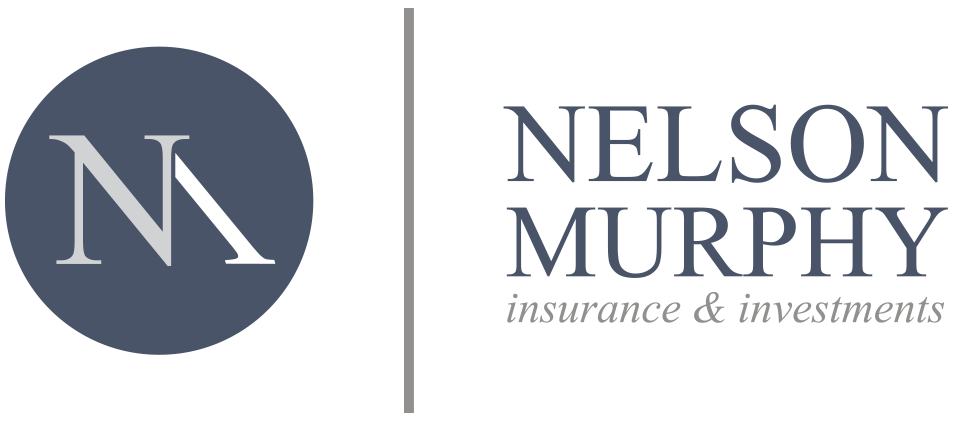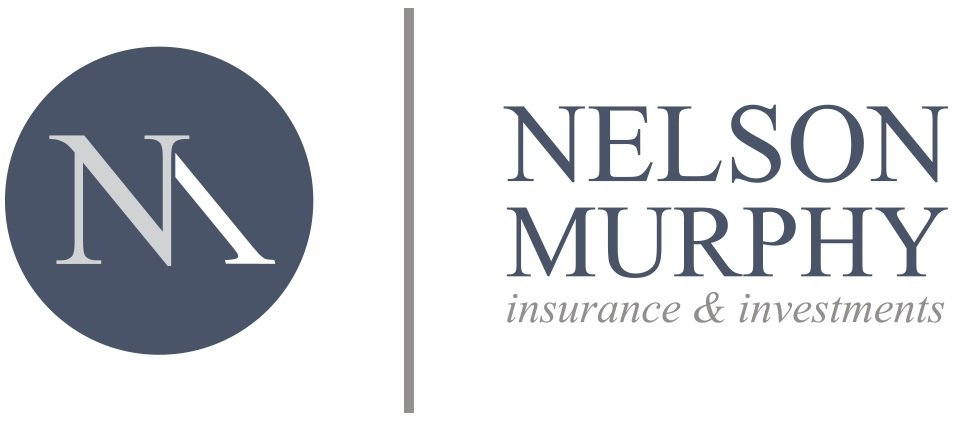401(k)s: Preferred Choice for Retirement Savings
An attractive benefit plan can play a fundamental role in recruiting and retaining qualified staff. And, when trying to save for the future, a 401(k) retirement savings plan can help employees attain their retirement objectives on a tax-advantaged basis.
Named for the section of the Internal Revenue Code (IRC) that created it, a 401(k) plan may be one of the most popular and valuable fringe benefits available. Although the technical aspects of 401(k)s can be complex, the advantages can be far-reaching, including the following:
Plan participants receive a tax deferral for earnings on the contributions they make to their specific accounts under the plan, as well as for those made by employers on their behalf.
Some employers offer matching contributions up to a certain percentage. This provides the plan participant with the opportunity to further enhance the tax-deferred accumulation of his or her plan assets.
Plan participants may select from a variety of funding options. In addition, most plans allow employees to change their funding options over time to reflect their individual requirements.
Since plan contributions are typically made on a pre-tax basis (subject to certain limitations), funds going into the plan are deducted from the employee’s salary before Federal income taxes. Consequently, by lowering taxable salary, participants are able to lower their Federal income tax each year they participate in the plan.
Some plans also allow employees to make after- tax contributions (subject to certain limitations). While these contributions do not lower the current year’s income tax, as do pre-tax contributions, after-tax contributions also accumulate earnings on a tax-deferred basis.
How 401(k)s Work
401(k) plans are commonly referred to as defined contribution plans, because each plan participant has a separate account to which a specific or “defined” contribution is made. Employees determine how much they wish to contribute (not to exceedcontribution limitations) and are able to choose among a variety of funding options offered by the plan.
In addition, employers may also contribute to employee accounts by matching a percentage of employee contributions. The advantage of matching contributions generally depends on the level of the match and the employer’s “vesting”requirements.
Vesting refers to the employee’s entitlement to the funds in the plan. An employee’s contributions—and the earnings on those contributions—are fully vested from his or her start in the plan. On the other hand, an employer’s matchingcontributions may vest according to the employee’s length of service.
Therefore, an employer can arrange his or her contributions to follow a vesting schedule that rewards loyalty by fully vesting plan participants after a specified number of years (e.g., after three years).
Plan Restrictions
As with all retirement plans, 401(k) plans have certain restrictions. For instance, the contributions of highly compensated employees (HCEs) may be limited if lower paid employees do not contribute a sufficient amount. Every year, plan administrators must perform “top-heavy” tests to determine the maximum amount highly compensated employees maycontribute.
Another restriction involves taxes. Plan participants are subject to income taxes for pre-tax contributions and earnings when they withdraw the funds. (After-tax contributions are not subject to further taxation when withdrawn.) Withdrawals usually occur at retirement, when plan participants are more likely to be in a lower tax bracket. Withdrawals prior to age 59½ are onlyavailable under certain circumstances and, when available, may be subject to a 10% Federal income tax penalty.
The distribution penalty, however, may not apply to participants who are age 55 or older. However, for specifics on penalties, be sure to contact your plan administrator. The best employees seek out employers who offer the best opportunities. Tax- deferred saving through an employer-sponsored 401(k) plan may be one way for employees to build aretirement nest egg. When combined with income from other sources, such as a pension, Social Security, and personalsavings, plan participants may be able to achieve a level of financial security consistent with their retirement objectives.
BNSB4013-X
“401(k)s: Preferred Choice for Retirement Savings” FMeX. 2017. https://abm.emaplan.com/ABM/MediaServe/MediaLink?token=805466a356a54c97b3a45cc11fabf18b

